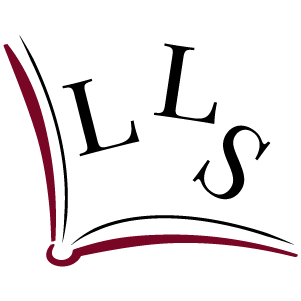
What comes to mind when you think of English Renaissance poetry? Probably Sidney, Spenser and Shakespeare. Perhaps Wyatt and most certainly Donne. We delight in their inventive iambic pentameters, their creative imagery, their musical verse that takes our minds back to a time of courtly intrigue and endless linguistic innovation. We get lost in their clever metaphors, and revel in their elaborate rhetoric.
But what comes to mind when you think about women and the poetry of the English Renaissance? The chances are you might think of the many, many women who appear in the poems by Wyatt, Sidney, Spenser, Donne and Shakespeare. And this is where we find a disturbing paradox: while Renaissance women are everywhere on paper, it’s very hard to find them holding a pen. This is the conclusion Virginia Woolf came to in 1928, on speaking to a small group of Cambridge female students at a time when, after long struggles, women were allowed to study at university but still could not obtain a degree. Woolf, ever the storyteller, cast her mind back to the 1600s to imagine what would have happened if Shakespeare had ‘a wonderfully gifted sister’, how would her fictional biography go? As Woolf concluded, it ended badly.
Until very recently, if you wanted to read poetry written by women in Shakespeare’s day you would be in trouble. If you were really determined you might come across English women whose poetry survived largely because they were lucky enough to be in elevated social positions, the likes of Queen Elizabeth I, and Ladies Mary Sidney and Mary Wroth. But what about the common woman? One who could have been Shakespeare’s sister?
In the last decades scholars have started scouring archives and libraries in search of women writers of the English Renaissance, and they’ve made surprising discoveries. Despite not being born in courtly circles and being mostly denied any education or professional path, some English women managed to write (and occasionally even publish) impressive poetry in the 16th and 17th centuries. So, who were they? And was their poetry any good?
I’m excited to be leading the LitSalon study Women poets of the English Renaissance, which invites readers to explore this previously silent canon and begin to form an opinion. Together we will let these poems live again by revisiting their dormant sounds, rhymes and imagery. The study focuses on three groundbreaking poets and their work: Anne Locke’s fiercely devotional poetry; Isabella Whitney’s mock ‘last will’ bequeathing London to Londoners; and the feminist poetry of Aemilia Lanyer, who came from an Italian-Jewish family of courtly musicians and is rumoured to have been Shakespeare’s ‘Dark Lady’.
Together we will try to build a picture of these poets and their lives in the Renaissance world. And we will look to pair up their poetry with artefacts from that world, enabling the words and objects to converse across time. We will ask the compelling question: how does this poetry speak to us today?
